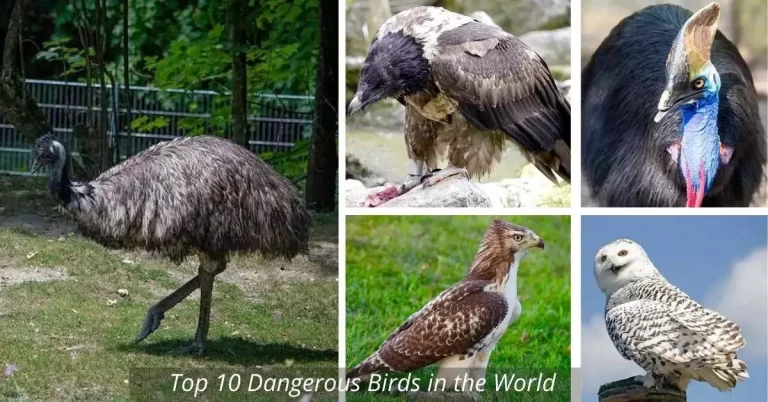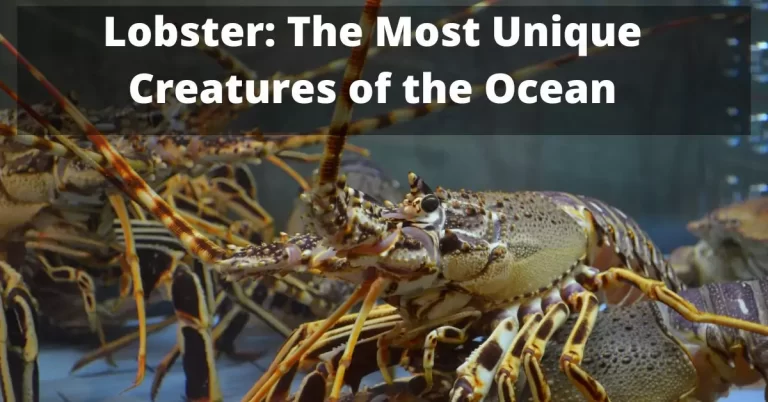10 Interesting Facts About Sand Dollars
The sand dollar is a marine animal that belongs to the family of flat sea urchins, known scientifically as Clypeasteroida. These creatures are found in temperate and tropical oceans around the world. So in this article, we will discuss 10 interesting facts about sand dollars.
.

What is a Sand Dollar?
The sand dollar is a type of marine animal that belongs to the class of echinoderms, which also includes sea urchins and starfish. Sand dollars have a distinctive round or oval shape with a flattened body covered in tiny spines. They are found in temperate and tropical waters worldwide and are often found on sandy ocean floors near the shoreline.
Sand dollars are typically white or gray in color and have a pattern of five-part radial symmetry on their top surface, resembling a flower. They use tiny spines on their legs to move across the ocean floor and to capture their food, which consists of plankton, algae, and other tiny marine organisms.
When a sand dollar dies, its hard outer shell, known as the “test,” can often be found washed up on beaches. These tests are often used as souvenirs or in arts and crafts, and they have become popular symbols of good luck and prosperity in some cultures.
.
10 Facts About Sand Dollars
#1. Sand dollars are used as currency
Although sand dollars have been used as currency in some historical contexts, such as by Native American tribes or some Pacific Island cultures, this is not a common practice today. In most modern societies, the currency is usually made up of paper or metal coins that are issued and regulated by governments or central banks.
Sand dollars are actually a type of marine animal related to sea urchins, and they have a hard, flattened shell that is often collected as a souvenir at the beach.
.
#2. Sand dollars play an important role in their ecosystem
Sand dollars also play a role in the cycling of nutrients in marine ecosystems. When they die, their shells can be broken down by bacteria and other organisms, which release nutrients into the water that can then be used by other organisms.
In addition to serving as a food source, sand dollars also help to aerate the sediment on the ocean floor as they burrow and move through the sand, which can help other organisms to survive by creating a more hospitable environment.
.

#3. Sand dollars are able to regenerate their limbs
Sand dollars are able to regenerate their limbs, which is an important adaptation that allows them to survive in their environment. When a sand dollar loses a limb due to predation, injury, or other causes, it has the ability to regenerate the missing limb.
The regeneration process can take several months, during which time the sand dollar will grow a new limb from the base of the remaining limb. The new limb will gradually develop the characteristic five-fold symmetry of a sand dollar and will eventually become fully functional.
.
#4. The color of the sand dollar varies depending on its age and location.
The color of the sand dollar does vary depending on its age, but not necessarily on its location. When a sand dollar is alive, its shell is covered in tiny, hair-like structures called cilia that help it move and capture food. These cilia are a reddish-brown color, which can be seen through the translucent shell.
As the sand dollar ages and dies, the cilia fall off, and the shell becomes bleached by the sun and other environmental factors. This can cause the color of the shell to appear white or pale gray.
.
#5. Sand dollars are found in shallow, sandy areas of the oceans.
Sand dollars are found in a variety of shallow marine environments, including sandy beaches, intertidal zones, and seagrass beds. They are most commonly found in warm, tropical waters, but can also be found in cooler waters in the Northern Hemisphere.
Because sand dollars are benthic organisms that live on the ocean floor, they are often exposed to a variety of environmental conditions, including fluctuations in temperature, water quality, and wave action. Despite these challenges, sand dollars have adapted to their environment and are able to survive and thrive in a range of different ocean conditions.
.
#6. Sand Dollars Spines Help Protect Them From Predators
Sand dollars do have spines on their bodies that can help protect them from predators. The spines are located on the underside of the sand dollar’s flattened, disc-shaped body, and they help to anchor the sand dollar in place in the sand or mud. sand dollars also have a hard exoskeleton that provides some protection from predators.
When a predator, such as a crab or a sea star, tries to attack the sand dollar, the sand dollar can use its spines to move and bury itself deeper into the sand or mud. This makes it more difficult for the predator to access the sand dollar and can provide a degree of protection from predation.
.
#7. Sand dollars don’t have brains or eyes
Sand dollars don’t have brains in the traditional sense, but they do have a nervous system that allows them to detect and respond to their environment. This nervous system is decentralized, which means that it is spread throughout the sand dollar’s body rather than being concentrated in a single central location like a brain.
While sand dollars do not have eyes as humans do, they do have light-sensitive cells that allow them to detect changes in light levels. This helps them to detect the presence of predators or other threats and can trigger a response, such as burying themselves deeper in the sand.
.

#8. Sand dollars are not actual dollars, but a species of flattened sea urchins.
Sand dollars are not actual dollars, but a species of flattened sea urchins. They are part of the class Echinoidea, which includes all sea urchins. While sand dollars are sometimes referred to as “sea cookies” or “sea biscuits” because of their shape, they are not a type of currency and have no monetary value. However, they are sometimes collected as souvenirs or used in crafts.
Sand dollars are characterized by their flattened, disc-shaped bodies, which are covered in small spines and have a distinctive five-fold symmetry. They are typically found on sandy or muddy ocean floors, where they use their spines and tube feet to burrow into the sediment and move around.
.
#9. Sand Dollars Can’t Live Out of Water for Long
Sand dollars are marine animals and, like all marine animals, they need to live in water to survive. While sand dollars are adapted to survive in shallow waters and intertidal zones where they may be exposed to air and sunlight during low tide, they cannot live out of water for long periods of time.
If a sand dollar is removed from the water and left exposed to air for an extended period of time, it may become dehydrated and die. However, sand dollars are able to survive short periods out of the water, and may even move around on the beach or in tide pools during low tide.
.
#10. You Can Tell the Age of a Sand Dollar by Its Rings
The growth rings on a sand dollar are similar to the growth rings on a tree. Each ring represents a period of growth, typically corresponding to one year in the animal’s life. By counting the number of rings on the sand dollar’s exoskeleton, researchers can estimate the age of the animal.
It’s worth noting that the number of growth rings on a sand dollar’s exoskeleton may not always accurately reflect the animal’s age. Factors such as variations in growth rates, environmental conditions, and predation can all affect the formation and visibility of growth rings. However, in general, counting growth rings is a useful way to estimate the age of a sand dollar.
Read Also:





